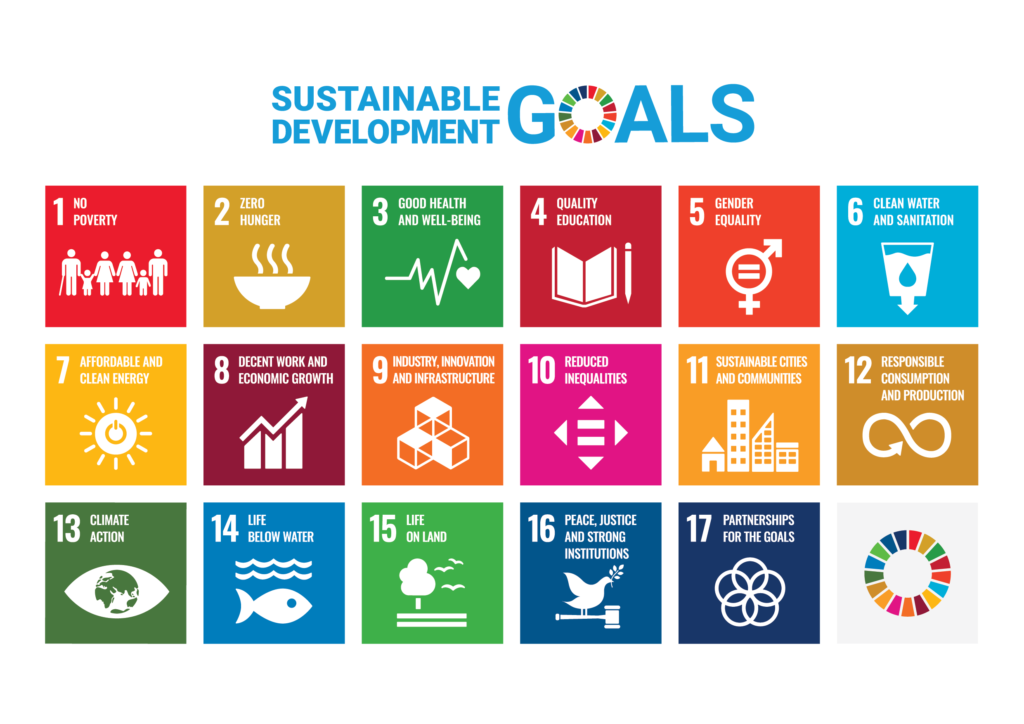Sustainable Virtual Conferences: fostering inclusiveness and environmental preservation
Intercontinental conference travel is a model long overdue to be challenged and reformed. Researchers have discussed moving to the digital space for years now, when Covid-19 forced sustainable virtual conferences to become the new normal. The switch to digital technologies resulted not only in significant effects on the environmental and economic sustainability of conferences but also revealed the positive social effects. The authors of this article share their experience on the sustainability of global virtual events.
There is more than carbon emissions to the sustainability of virtual events
Due to high resource requirements and travel emissions, academic conferences have been a hotly debated topic, especially by sustainability researchers. Also by those from the Smart City Innovation Lab (SCIL) Lisbon, who took the initiative to make use of a virtual conferencing platform in order to host this years’ GRONEN conference on the theme ‘Sustainability in the Digital Age’. The platform SCOOCS (formerly) iChair has hosted multiple events since and has step by step revealed how virtual conferencing powerfully affects all aspects of sustainability, i.e. environmental, economic and social.

Sustainable virtual conferences: a chance to move towards the UN’s Sustainable Development Goals
While environmental and economic consequences are not a big surprise, a recent virtual event by the United Nations Development Program (UNDP) also revealed the positive social consequences. The UNDP initiated this years Business Call to Action forum (BCtA) with participants from all over the world to discuss inclusive business models, mostly enabled through modern technologies. While hosting this years’ BCtA in a virtual format, it showed that virtual conferences have the potential to be exactly those enabling modern technologies.
Going online bears a lot of potential but it also presents a fundamental challenge: can you provide a ‘real’ conference experience, one that makes everyone feel like part of a community and creates a sense of togetherness? The answer is more nuanced. You probably can’t provide the ‘real’ conference experience – but virtual conferencing provides a ‘new’ one, one that lets you interact with parts of the community you otherwise would never have met.
Launched at the United Nations in 2008, BCtA aims to accelerate progress towards the Sustainable Development Goals (SDGs) by challenging companies to develop inclusive business models that engage people at the base of the economic pyramid. At this years’ BCtA virtual forum, social interaction was preserved in a completely new light. Hosting the event virtually enabled participants from all over the world to initiate contacts through innovative features, i.e. a virtual roulette that randomly pairs people to meet in a video chat.
Cheaper tickets and the detachment of time and space made the event far more accessible, especially for those groups, who would otherwise not have had the chance to attended in a physical setting: people with disabilities, parents of young children and those who simply could not have afforded the ticket or the travel expenses. Those are just a few examples that underline the great social impact of online events. A survey by Science Careers of 10 U.S.-based meetings of scientific societies shows promising developments in this regard, as they find that across a variety of disciplines most saw not only higher but most probably a more diverse attendance than in previous years.[1]

Virtual conferences can save carbon emissions equal to entire emissions of smaller cities
When discussing the sustainability of online conferences, the first thing that usually comes to mind is the environmental sustainability. Before the pandemic, many academics were frequent flyers, taking long-haul flights to attend conferences, summer schools and workshops. While most of us, especially us sustainability researchers, were aware of the negative impacts of aviation emissions.
As recent studies have shown, the sum of travel associated with attendance at one large academic conference can release as much CO2 as an entire city in a week. The world’s estimated 7.8 million researchers each generate 0.5 to 2 metric tons carbon dioxide per conference travel. In contrast, organizers of two fully virtual conferences in the U.S. estimated that their total carbon emissions were less than 1 percent of a traditional “fly-in” event.[2]
This year’s virtual GRONEN conference experienced it similarly: 130 attendees would’ve flown in to Lisbon not only from all over Europe, but also from the Americas and Asia-Pacific. An estimated average saving of 1,67 tons of CO2 per participant was achieved. Just as an indication, the average annual CO2 emission of a person living in the U.S. is 20 metric tons. As a reminder: To limit global warming to 2°C, the average level of CO2 emission per capita on our planet must not exceed 2,1 tons by 2050. Saving almost 2 tons simply by attending an event virtually therefore seems like a reasonable step in the right direction.
Of course, the energy consumption of online meetings through the use of digital devices and storage on servers needs to be considered also. Dennis Ong finds that on average video conferencing uses as much as 7% of the carbon emissions of an in-person meeting.[3]
Virtually attending our conference became 83 percent more affordable
The conference GRONEN had originally planned would’ve resulted in significant expenses on all sides. On the side of the organization costs include catering and physically hosting the event, and on the participants’ side, costs of accommodation as well as travel expenses are big tickets. One can estimate that each participant saved about €500 for hotel costs, and on top of that their travel expenses – varying from €50 to over €1.000. Furthermore, the savings on the host side allowed to offer the tickets about 25 percent cheaper. Overall, the estimate is that attending the GRONEN conference virtually became on average about 83 percent more affordable.
Another important resource that should not be forgotten is time. “Delivering a short presentation and receiving two questions from an exhausted audience does not warrant the days away from our desks”, according to sustainability researcher Christina Bidmon. So how much worth is a researchers’ time? The key question is whether the extra effort to receive feedback adds useful value.[4] In fact, receiving feedback in the virtual space can be as valuable as it is stored, can be submitted even at a later stage, and one can use the saved days of travel to already implement the feedback.
Sustainable virtual conferences, a model with long-term potential?
In times of Covid-19 we see that fast and understandable scientific communication can be crucial to political decision making and to people’s level of acceptance. During the GRONEN conference sustainability researchers realized that the new virtual infrastructures facilitate not only how we gain but also how we store and share knowledge.
Due to the central repository of virtual conferences, the exchange of research becomes far more durable. Sessions can be replayed, presentations carefully reviewed, and contact information easily found afterwards. A recent study finds that good science communication can generate public epistemic, moral trust and social acceptance, and further enhance democratic legitimacy.[5] Not least, research finds that increased and more transparent communication of scientific findings can advance sustainability efforts.[6] In times of global warming and ecological disasters, fast and effective efforts towards more sustainable behavior need to be embraced.
Throughout hosting the academic conference GRONEN and the development oriented BCtA forum the hosts confirm, that virtual conferencing significantly impacts all three pillars of sustainability: the ecological, economic as well as the social.
So what will the future look like? Will the new normal actually stay ‘the normal’ even after the COVID-19 pandemic? An informal survey by Nature showed that 80 percent of 486 respondents believe that some meetings should continue to be held virtually.[7] To remain sustainable also in the future, hybrid events may become the solution of choice. A hybrid event could be hosted like the following: some people meet at local hubs where they can travel to by public transportation, and others attend from home. This ensures no long-haul flights or car emissions. Critics might counter that all of those attending from home will be disadvantaged in a networking perspective, making events rather exclusive. These problems will be compensated by digital technologies as complementary event apps already proof. The future seems to be multi-modal with participants on the spot who can still engage with all those attending from home, keeping virtual events easily accessible, socially inclusive and yet sustainable.
Sources
[1] Sciencemag [2] Nature;Scientificamerican [3] EET [4] Nature [5] Frontiersin [6] Tandfonline [7] Nature



